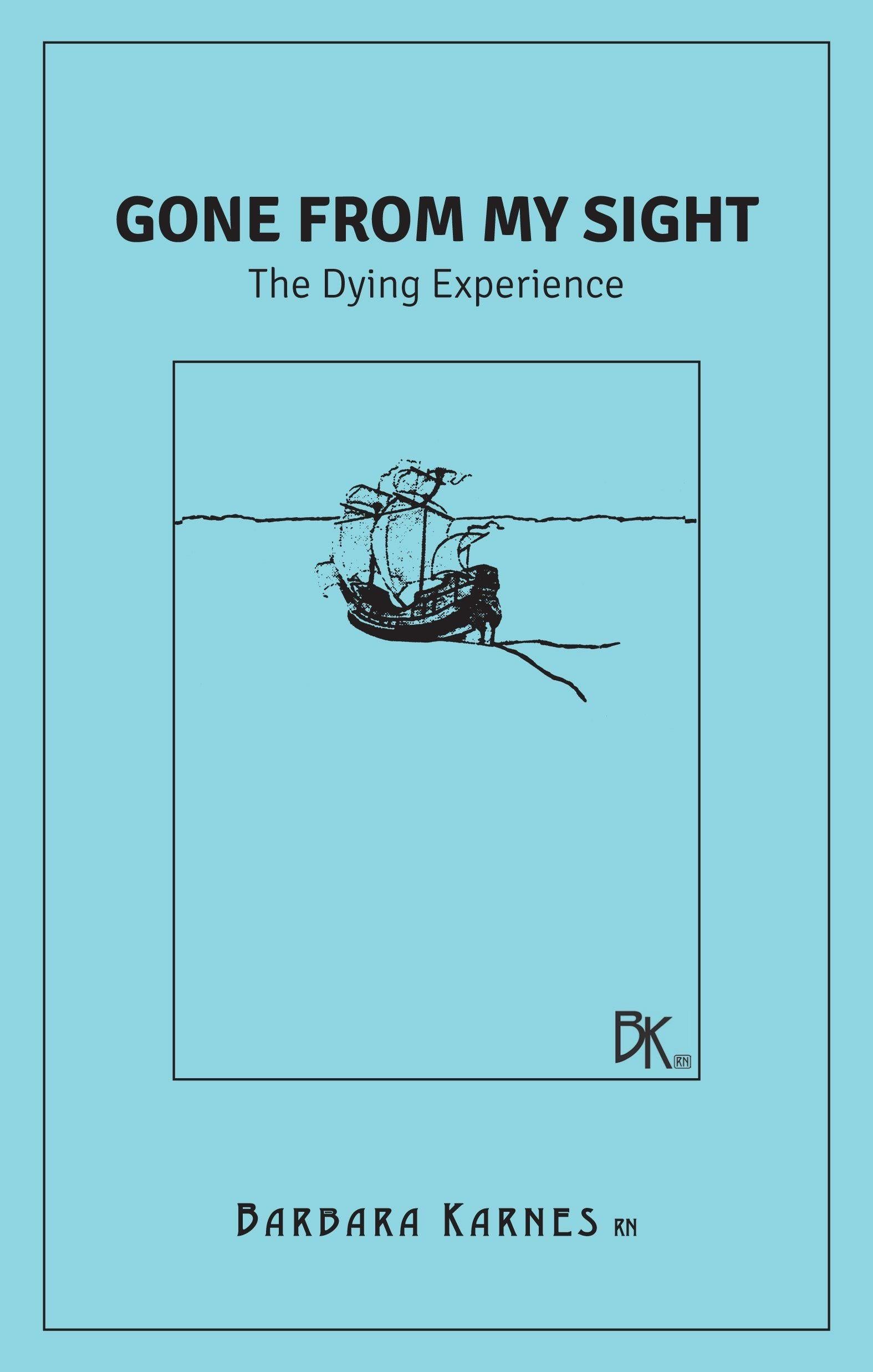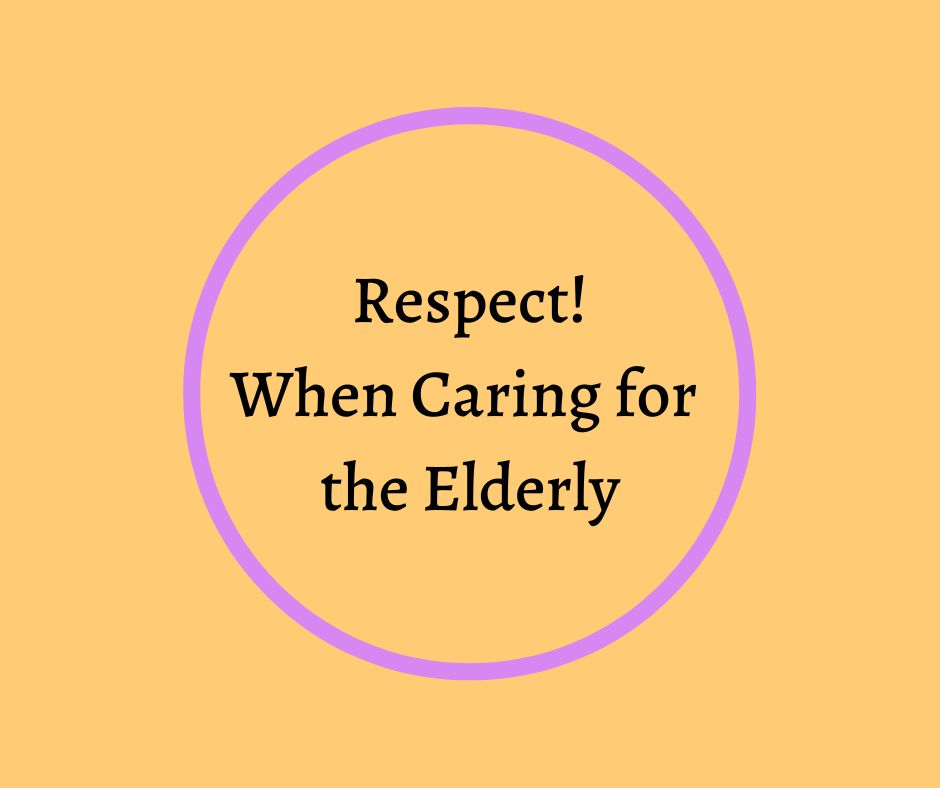QUESTION: Please talk about end of life pain management.
There is so much confusion around end of life pain management. Confusion regarding use of narcotics, fear of overdosing and addiction. Confusion about what is actual pain during approaching death and what is normal body actions.
This confusion is in the minds of families and the patient but it can also be found in physicians who are prescribing medications and in the nursing staff who are administering the medications.
Let’s first explore the idea of actual pain at end of life. As death approaches it will look to us, the watchers, as if the person is in pain, is suffering, is uncomfortable. What we see and hear is restlessness, agitation, rattly sounding breathing, moaning, murmuring, discoloration of the skin, cold hands and feet and eventually there will be a non responsiveness. The person does not respond to the goings on about them. We, the watchers, tend to interpret what we see as pain.
When a person is days to hours from death they are not in touch with their physical bodies in the same manner as a healthy person. You might say they are shedding their physical body and in shedding it the physical sensations are not the same as they would be if the person were healthily intact. So as death approaches the person is not experiencing their physical sensations in the same manner as they would if they were not dying within hours.
Let’s talk about pain itself. Dying is not painful, as I explained above. Disease causes pain. There are a lot of diseases that result in death but have no pain in the journey. There are also many diseases that do cause pain, a lot of pain.
We must look at the person’s disease history to evaluate pain status. If they have a history of physical pain, then we must treat that pain until the person’s last breath. Just because a person is not responding does not mean that pain is gone. Whatever is causing the pain is still in the body.
Over time a person’s tolerance to the pain medication may increase and the dosage will gradually have to be increased. When a narcotic is administered in small, graduating dosages (to find the place in the body where the medication addresses the pain but does not exceed the amount of pain present in the body) you will have no problem with addiction or overdose.
Obviously there is a complicated skill to end of life pain management and I have described its management in kindergarten terms. There are other blog articles on end of life pain management in this blog’s archives. Click on “How to’s” to the right of this page then go to 2 at the bottom and scroll to “Sedation At End of Life”. You can also go to page 3 and scroll to “Morphine” for further insights.





